Let's face it - when it comes to work gear, durability is king. Whether you're a construction worker sporting heavy-duty boots or a chef relying on a long-lasting chef's knife, the longevity of your tools impacts your efficiency, safety, and overall performance on the job. The understanding and assessment of durability thus become crucial factors when selecting your work gear. In this enlightening exploration, we delve into the intricate aspects of durability, highlight the key features that determine it, and discuss the impact it has on your work gear choices. Welcome aboard as we journey through the ins and outs of evaluating the durability of your work gear.
Understanding Durability
When discussing the various attributes of work gear, one term that unsurprisingly surfaces with regularity is ‘Durability.’ Durability is a concept ingrained in our everyday activities, from the clothes we wear to the equipment we employ at our workplaces. But what does it genuinely mean for an item to be durable, and why is it an integral aspect of work gear?
Definition
Essentially, durability refers to the ability of an item to resist wear and tear, survive rough handling, and continue to function optimally over an extended period. It's the measure of how long something will last under specific conditions. A durable object is sturdy, long-lasting, and capable of weathering the constant use that is a part of our daily routines.
Significance in Work Gear
In the domain of work gear, durability takes up an even more significant role compared to other sectors. Workers rely on their gear for protection and efficiency on their job sites. Hence, the gear they use should not only be comfortable but importantly, must withstand tough environmental conditions and rigorous use.
- Protection is Essential: Safety is the primary concern for anyone working in potentially dangerous conditions. Durable work gear ensures that you are adequately protected at all times without the risk of the gear's protective aspects failing due to wear and tear.
- Cost-Efficiency: Over time, the initial investment in highly durable work gear can be much more cost-effective. Lesser durable gear may seem like saving some bucks at the outset but, it would require periodic replacement, driving up long-term costs. It's all about finding a balance, as discussed in our previous article on Quality vs Cost for Work Gear.
- Productivity Benefits: Durability in work gear also has implications for efficiency and productivity. Workers can concentrate on their tasks better when they are not constantly worried about their gear's impending failure.
So, understanding the durability of work gear isn't only about knowing its definition. It's about recognizing its importance in workplace safety, cost efficiency, and overall productivity. A little investment in durability now can save massive resources in the future.
Key Features Determining Durability
A key aspect we often look for when purchasing new products, be it anything from kitchen appliances to electronic gadgets, is durability. We naturally crave the assurance that our hard-earned money is being invested wisely. Deciphering the lifespan of a product, however, can be akin to solving a complex puzzle, relying heavily on four principal factors: Material, Design and Construction, Workmanship, and Maintenance and Care.
Material
The material of a product often serves as the foundation for its longevity. You wouldn't buy a raincoat made of cotton, would you? Rightly so, understanding a product's makeup provides some of the best insights into anticipated durability. The stronger and more resistant the material, the longer your purchase is supposed to last.
- Metals such as stainless steel, iron, and aluminium are renowned for their strength, making them an excellent choice for items like kitchenware and construction tools.
- Plastics, though less durable than metal, still offer reasonable longevity, especially when dealing with high-quality, impact-proof types.
- Natural textiles like cotton and wool, while softer and more comfortable for wearables, are prone to wear and tear but can last long with proper care.
- Synthetic textiles, like polyester and nylon, blend optimal qualities, such as strong resistance in harsh conditions and good wear and tear properties.
Design and Construction
Behind every robust product lies an impeccable combination of design and construction. These factors determine not only how well the product functions but also how long it can uphold its functionality.
A well-constructed device, for instance, will typically have its components securely integrated, reducing the vulnerability to damage. Alternatively, a poorly designed item may leave it susceptible to premature breakage or wear and tear.
Workmanship
Workmanship encapsulates the skill and precision that go into making a product. Two items, identical in design and materials, could perform radically different due to workmanship alone. High levels of expertise and meticulous care in assembling and finishing a product dramatically enhance its lifespan and overall performance.
Maintenance and Care
Lastly, but by no means least, is maintenance and care. Even the most resilient items will succumb to time and wear. Balancing use with effective maintenance practices can significantly prolong a product's lifespan. Understanding device cleaning guidelines, offering regular servicing, and avoiding exposure to extreme conditions are amongst the essential steps in ensuring product longevity.
Remember, durability doesn't necessarily equate to a higher purchase price. Rather, understanding these key determining factors provides you with the tools to make informed, reliable purchases, ultimately granting you strong value for money and product satisfaction.
Evaluating Durability
In the realm of product assessment, durability is crucial — especially when the product in question is designed to withstand adversities like unfavorable weather conditions. When you're a worker braced against the storm, your protection gear should not only protect you, but also last. Regardless of rain or shine, the reliable Durable Rain Gear for Construction will never fall short, promising enduring functionality and robustness.
Visual Inspection
Regardless of the product type, the first phase of durability evaluation begins with a visual check. This involves scouting for signs of wear on the surface, such as scratches or cracks, these are the silent indicators of poor quality. Pay heed to irregular patterns or color discrepancies that aren't a part of the design. Remember, appearance can tell a tale or two about the hidden durability of a product.
Longevity Assessment
The lifespan of a product depends on the quality of materials used in its manufacture. Over time, low-grade materials render telltale signs, including peeling, discoloration, or fragile sections. The true value of a product is reflected in its durability over the long haul. An item that can weather the passage of time, maintaining its original quality, is a testament to its stellar longevity.
Performance under Stress
Durability goes hand-in-hand with a product's ability to perform under stress. This is doubly important for construction gear, where the capability to resist formidable forces without perceptible damage is paramount. Evaluating stress resistance often involves testing the product under controlled conditions that mimics extreme weather conditions.
Resilience in Different Environments
Finally, resilience in varying environments is a critical part of durability evaluation. How does the product fare in different temperatures, or humid conditions? What about its soundness against UV exposure or in salty atmospheres? A standout product remains steadfast in diverse settings, boasting a commendable resilience score.
In essence, a thorough evaluation of durability takes into account the visuals, longevity, performance under strain, and resilience in different environment scenarios. Next time you're scratching your head over purchasing decisions, remember these checks, and you'll be far from second guessing your choices.
Measuring Durability: Tangible Metrics
In the world of product manufacturing, durability stands as the cornerstone of quality. But how do we put a practical measure on such a seemingly intrinsic quality? Let's look at some tangible metrics that can help quantify the durability of a product. These parameters map directly with how well an item can withstand the test of time, usage, and environment, accurately predicting its longevity.
Wear and Tear
The first metric to consider is 'wear and tear'. It reflects how everyday use can degrade a product's material, finish, or function over time. Some common tools to evaluate wear and tear include:
- Rubbing and scratching tests, which measure a material's resistance to surface damages
- Weathering tests, which assess how resistant a product is to environmental factors like UV light, humidity, rain, and temperature changes
- Continuous use tests, a definitive analysis of a product's resilience under persistent usage
Stress Tests
Another valuable yardstick of durability is 'stress testing'. This approach places products under intense conditions until they break or fail, giving valuable insights into their maximum durability thresholds. From driving cars to their limits to making smartphones endure hundreds of drop-tests, the main focus of stress tests involves:
- Load tests, which apply force on a product to assess structural strength
- Shock and impact tests, determining a product's resistance to sudden and sharp forces
- Fatigue tests, which test resilience under repetitive or varying loads
Failure Points
Lastly, a comprehensive understanding of a product's 'failure points' is crucial to measure durability. These points highlight design weaknesses or material flaws that could compromise product lifespan. Inspecting failure points involves:
- Material analysis, as certain materials have known stress points and failure modes
- Structural analysis, to pin-point where a product is most likely to break under stress
- User case studies, leveraging feedback from actual users to identify unforeseen failure points
By delving into these tangible metrics, manufacturers can ensure that they create products that not only awe users with their initial appeal but also earn their trust with lasting durability. These measures not only improve the robustness of products but also contribute to sustainable consumption by reducing the replacements and waste generated by non-durable products. This approach underscores the fact that durability is not just a quality metric: it's a commitment to the environment and consumer satisfaction.
Impact of Durability on Work Gear Choice
A well-known adage in the construction world goes, "Buy nice, or buy twice," emphasizing the importance of equipment durability on a jobsite. When it comes to choosing work gear - be it power tools, safety boots or a simple hard hat - professionals should consider more than just the price tag. Durability plays an overtime hero role, affecting long-term costs, site safety, and overall productivity.
Long-term Costs
Many workers slide into the trap of purchasing cheaper work gear, lured by their seemingly low prices. However, the lifespan of such products often come up short. In contrast, well-built and durable and work gear, while costing more upfront, often present greater value over time.
Things to remember when considering the long-term costs:
- Durability equates to less frequent replacements
- Less downtime due to equipment failure
- Improved resource management
"An often overlooked aspect of equipment investment is total cost of ownership. While the perceived savings from buying less expensive, less-durable gear can be enticing, such choices often lead to greater costs in the long run through frequent replacements or repairs," shares a seasoned industry expert.
Safety Considerations
When work gear crumbles under rigorous usage, it's not just your wallet taking a hit. Worker safety is paramount, and breakages can lead to accidents. Workers can circumvent such hazards by investing in sturdy work gear that can withstand the test of time and endurance.
Safety must always be the top priority:
- Better quality gear tends to offer improved protection
- Damaged equipment can lead to serious accidents on the job
- Frequent gear replacement can result in inconsistencies in protection levels
"Durability and safety go hand in hand in the world of work gear. Reliable equipment that lasts longer, performs better and steadily provides the protection workers need is worth every cent," notes a safety officer at a large construction firm.
Productivity Implications
Unanticipated equipment failures can bring your workflow to a screeching halt. Durability ensures your gear can withstand the test of time and use, keeping operations running smoothly without frequent breaks for repairs or replacements.
How durability ups productivity:
- Less time spent on gear repair and replacement means more time for primary tasks
- Reliable gear provides consistent quality, saving rework time
- Enhanced morale and efficiency among workers knowing their gear won't let them down
"In the long run, purchasing durable work gear is more than a smart financial move. It substantially boosts productivity, which in turn leads to improved efficiency and profitability," comments a project manager from a reputable construction company.
To put it simply: when choosing work gear, think beyond the initial purchase price. Make durability a deciding factor. It'll prove invaluable in the long run, promoting savings, ensuring safety, and boosting productivity. It may seem like a more substantial investment upfront, but the benefits will easily outweigh these costs over time.
Maintaining and Extending Durability
When it comes to the lifespan of your gear, especially those used in taxing conditions such as in construction zones, durability is key. However, it's not all about the initial strength of the material, as is extensively explored in our article on Comfort and Durability in Gear. Just as important are the efforts made to maintain and extend that durability.
Proper Care and Cleaning
Cleanliness is an underrated factor in the lifespan of your gear. Dirt, grease, and grime can break down materials over time, shortening their effective life and compromising their performance. A regular cleaning schedule, using the right cleaning products, can help protect your gear.
In this pursuit:
- Always use mild soap, ensuring that it doesn't have harsh chemicals that can degrade your gear.
- Rinsing thoroughly is crucial to remove all soap residues that can further weaken gear materials.
- Air drying is preferable to maintain the integrity of your items. Avoid exposing gear to direct sunlight or heat.
Repairs
Construction gear is expected to withstand rigorous use, but occasionally, damages occur. Rather than discard a damaged item, consider repairing it. Small tears can be easily stitched, and minor parts can be replaced at a fraction of a new item's cost.
Consider these key points:
- Small rips and tears can be patched up using a fabric patch and special adhesive.
- Always have professional handle major repairs. Their expertise can preserve the item's functionality and durability.
- Regular inspection of gear can spot minor faults before they become significant problems, reducing repair costs.
Upgrades
Upgrading your gear can extend the life of your gear substantially, especially if materials or technology have improved since you first purchased it.
Here are a few suggestions for upgrades:
- Waterproofing can be reinforced using special sprays and treatments for added protection.
- Comfort can be enhanced with ergonomic upgrades like padded straps or moisture-wicking linings.
- Safety features, like reflective strips, can be added to increase visibility in low light conditions.
In essence, while purchasing a piece of gear with inherent durability is beneficial, taking steps to maintain, repair, and upgrade your gear is equally impactful. By following these guidelines, you can maximize the life of your gear, safeguarding your investment, and ensuring you remain well-equipped to handle any construction task.
Conclusion
When it comes to your safety and productivity at work, the durability of your work gear matters above all else. Long-lasting, reliable, and resilient protective clothing not only protects you from the rigors of your job but also impacts your long-term expenses and productivity. As a dedicated professional, you owe it to your craft to choose the highest quality gear that fits the bill.
Take a tour of our Rain Gear Pro selection, where quality meets functionality, and you'll understand what we are raving about. All our products, including our chainsaw safety pants, are Canadian-made, designed to withstand extreme conditions, and are embedded with Kevlar inserts for additional safety. Your first line of defense against the harsh realities of your work environment lies with Rain Gear Pro, where we don't just produce work gear, we engineer safety.
Choosing durable work gear is an investment in your safety and productivity. Always remember, it's not just about wearing protective gear; it's about wearing quality protective gear that lasts. Trust in Rain Gear Pro for all your work gear needs. Our products do not merely promise durability; they demonstrate it.
Frequently Asked Questions
-
How can I evaluate the durability of my work gear?
To evaluate the durability of your work gear, you can consider factors such as the material used, construction quality, stitching, reinforced areas, user reviews, and brand reputation. Look for work gear made from durable materials like leather or heavy-duty synthetic fabrics and check for reinforcement in high-stress areas.
-
What are the signs that my work gear needs to be replaced?
Signs that your work gear may need to be replaced include noticeable wear and tear, holes, frayed edges, broken or damaged zippers, ripped seams, or if it no longer provides adequate protection or comfort. Regularly inspect your gear for these signs and replace it if necessary.
-
How can I extend the durability of my work gear?
To extend the durability of your work gear, make sure to properly clean and maintain it according to the manufacturer's instructions. Avoid exposing it to excessive heat, sharp objects, or harsh chemicals. Additionally, store it in a dry and safe place when not in use to prevent any damage.
-
Should I invest in more expensive work gear for better durability?
While more expensive work gear may often be made from higher quality and durable materials, it's not always necessary. Assess your specific needs and work conditions to determine if investing in more expensive gear is worth it. Sometimes, mid-range priced gear can also offer good durability without breaking the bank.
-
Can I repair my work gear instead of replacing it?
In many cases, yes, you can repair work gear instead of replacing it. If it's a minor issue like a loose seam or a broken buckle, you can try repairing it yourself or taking it to a professional repair service. However, for major damages or if the gear is heavily worn out, it might be more practical to replace it.



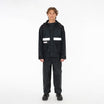
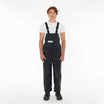

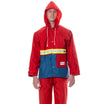
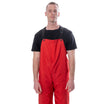
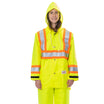
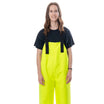
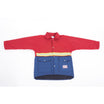
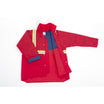

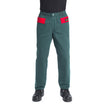
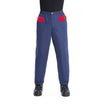
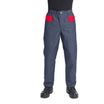
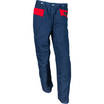
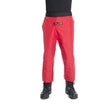
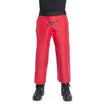
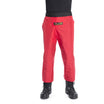
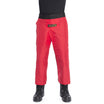
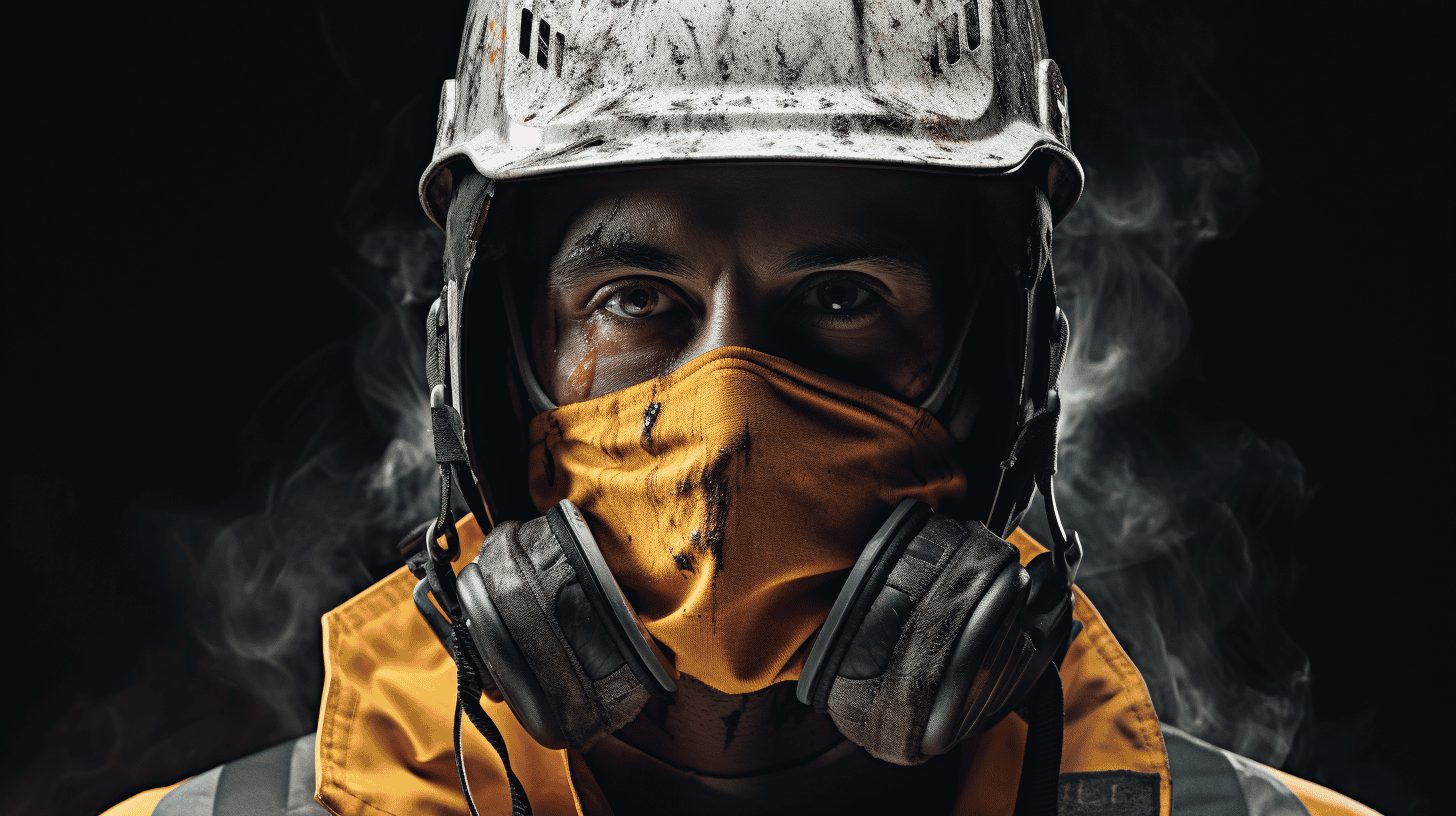

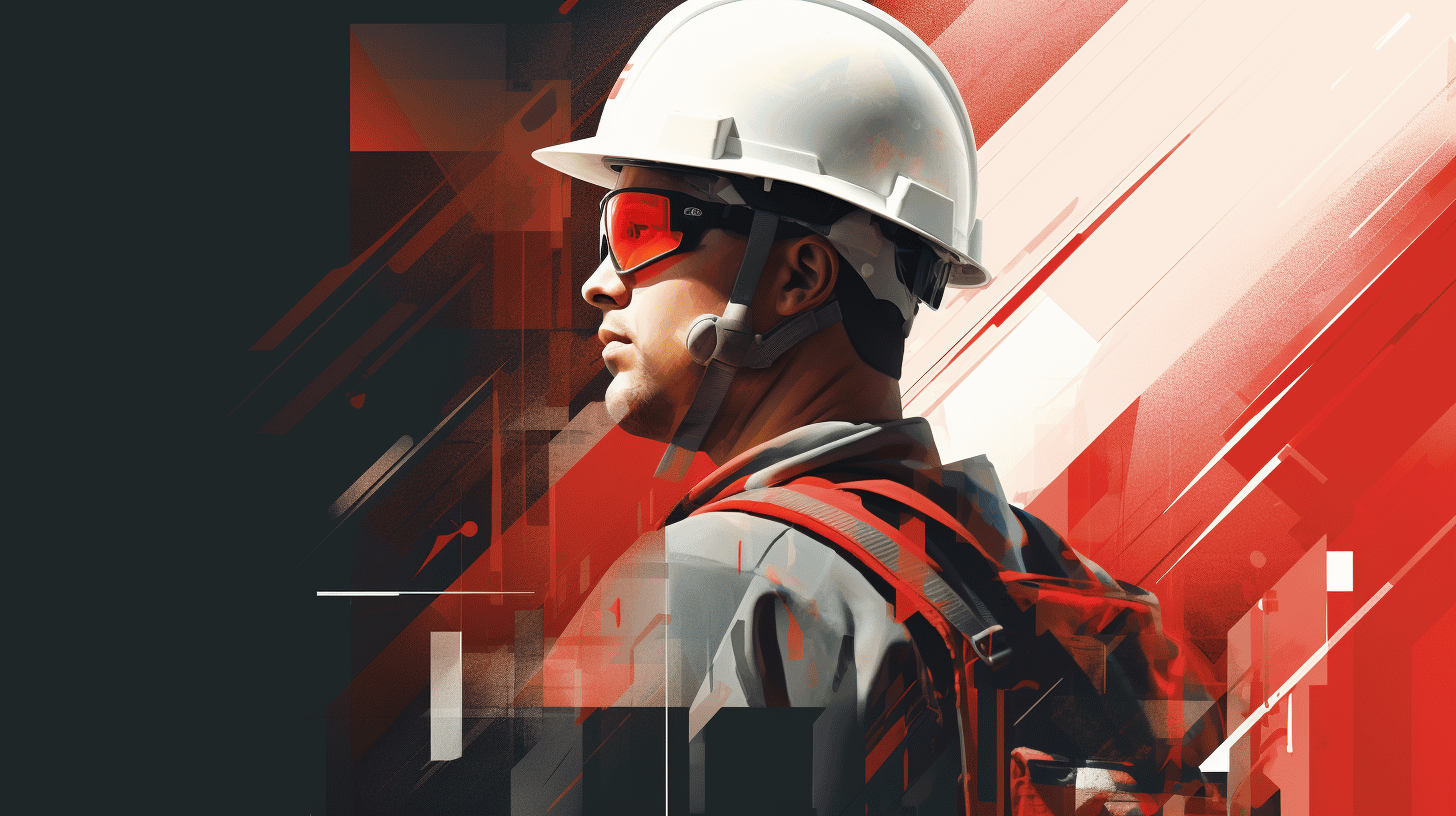
Leave a comment
This site is protected by hCaptcha and the hCaptcha Privacy Policy and Terms of Service apply.